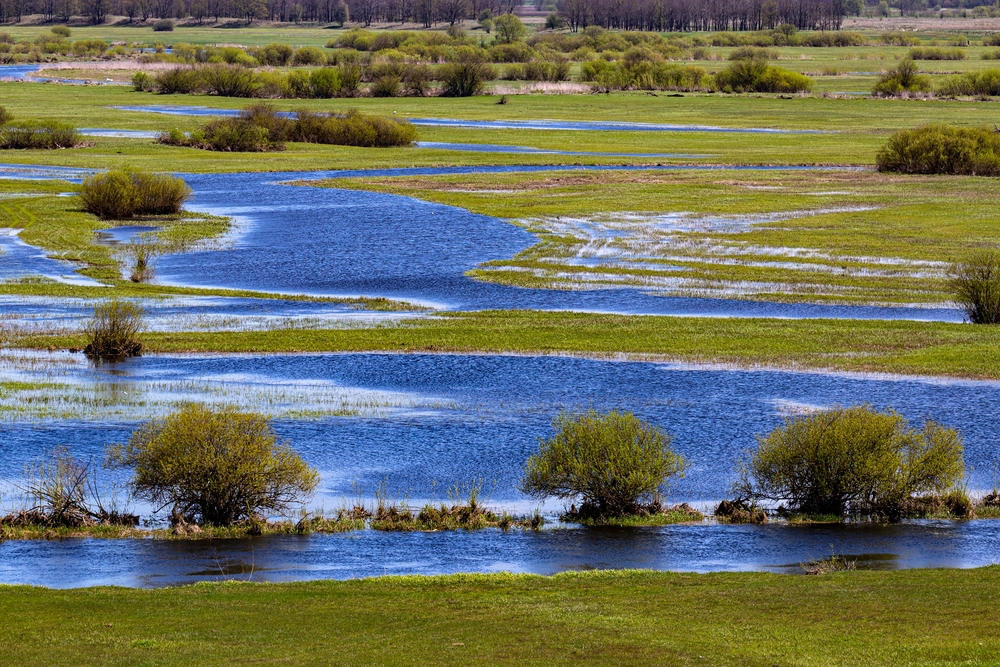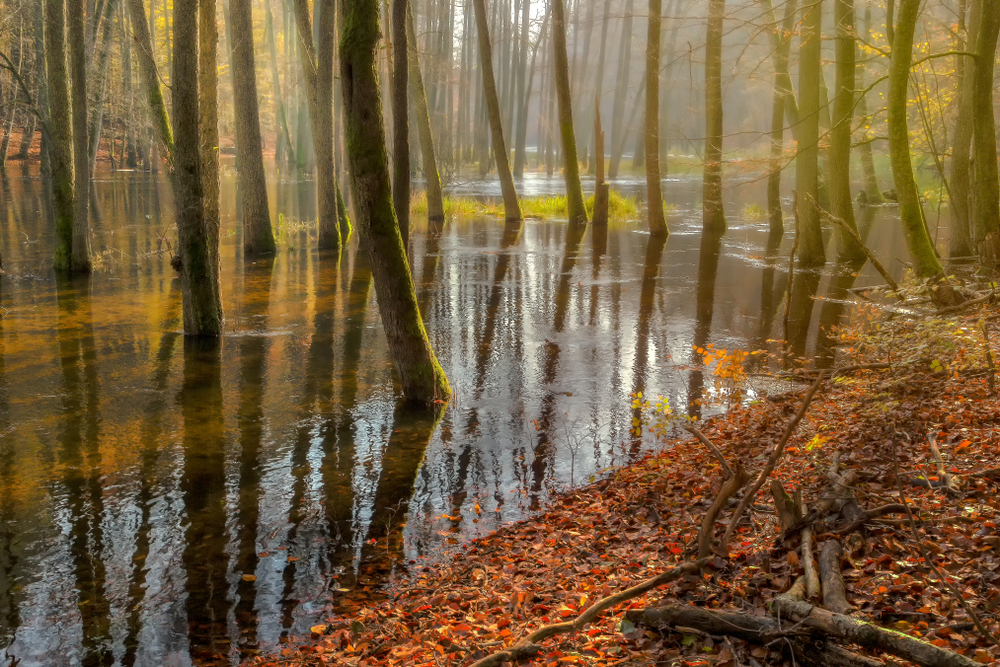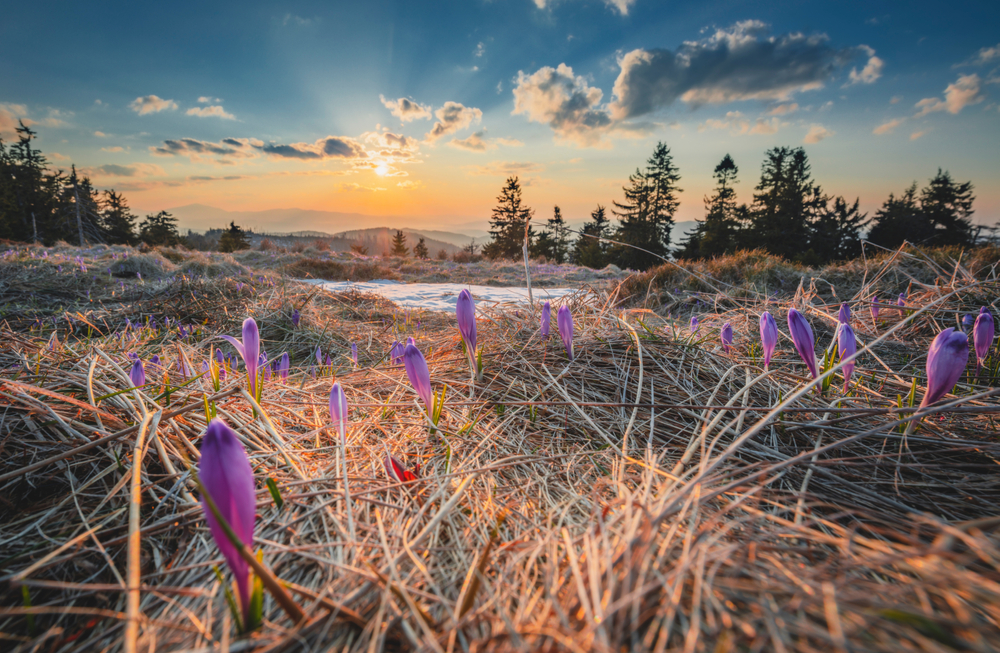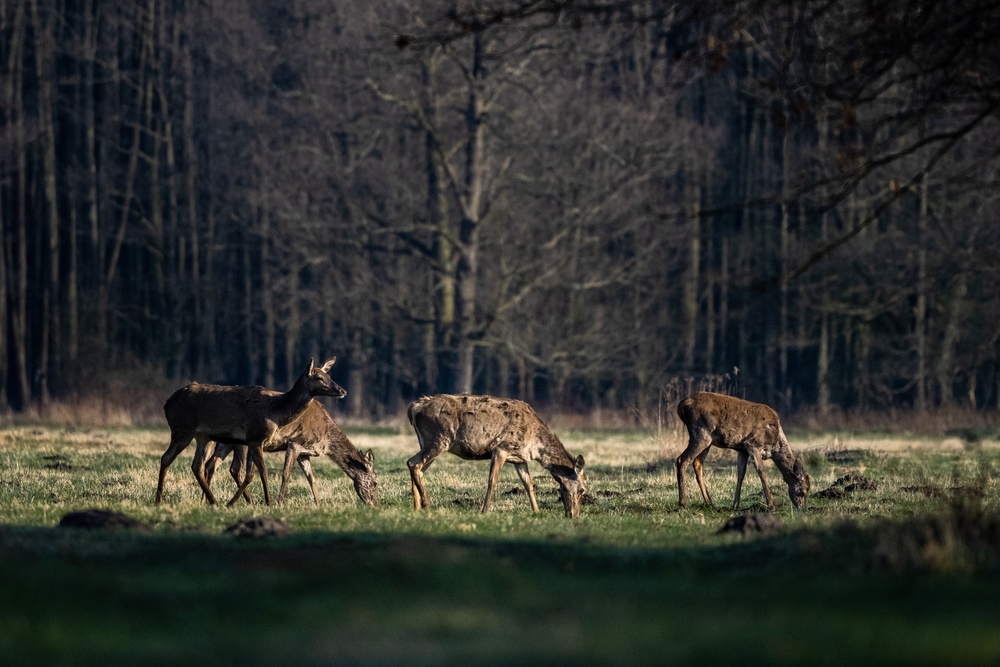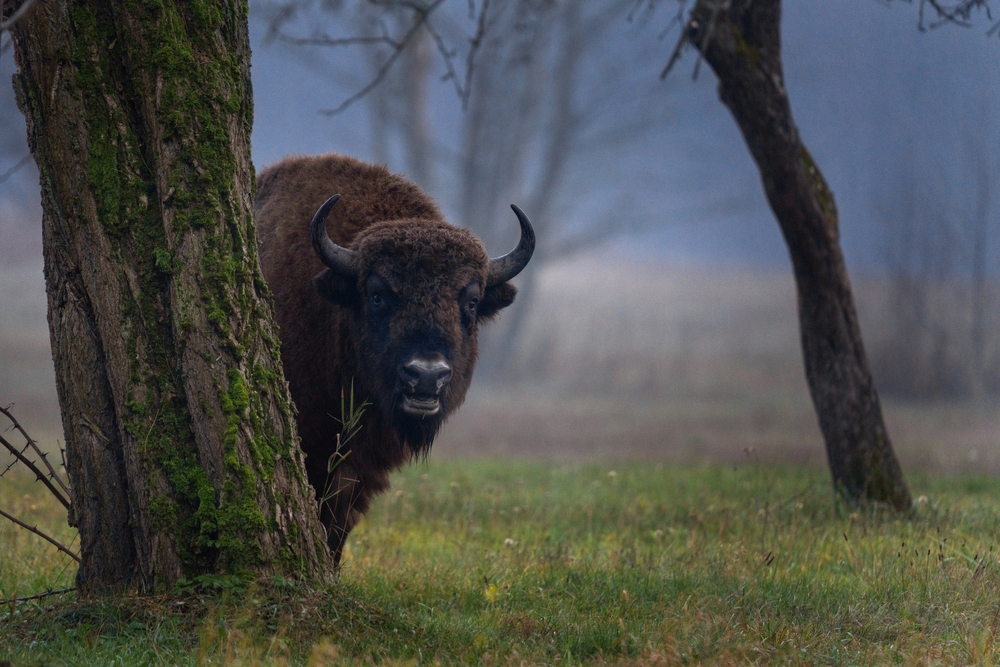Narew Overview
Narew National Park, known locally as Narwiański Park Narodowy, is located in northeastern Poland and covers an area of approximately 73 square miles (189 square kilometers).
Established in 1996, the park is situated in the Podlaskie Voivodeship and is centered around the Narew River, which gives the park its unique landscape and ecological significance.
The river’s complex system of intertwining channels and oxbow lakes forms an extensive marshland, making it one of the most unique wetland ecosystems in Europe. The park is sometimes called the “Polish Amazon” due to the river’s braided channels that create a maze of waterways, islands, and reed beds.
The landscape of Narew National Park is dominated by wetlands, peat bogs, and floodplains, interspersed with riparian forests and meadows. The Narew River, which flows through the park, is its defining feature, carving a network of water channels that create a dynamic and ever-changing environment.
The vegetation is lush and consists of reed beds, sedge meadows, and willow thickets, which provide an essential habitat for a variety of wildlife. The park is particularly important for preserving Poland’s disappearing wetland ecosystems, which are vital for biodiversity.
The park is home to a rich array of wildlife, with an emphasis on bird species due to its status as a significant stopover for migratory birds. Among the most notable species are the Eurasian bittern, black stork, white-tailed eagle, and corn crake.
It is also an essential breeding ground for wetland-dependent birds such as the aquatic warbler and the greater spotted eagle. In addition to its birdlife, the park supports a variety of mammals, including European beavers, otters, red deer, and wild boars. The wetland environment is also ideal for amphibians, with numerous frog and toad species found throughout the park.
One of the most popular features of the park is the Narew River itself, which allows for unique exploration via wooden boats, canoes, and kayaks. Unlike traditional river systems, the Narew’s braided channels create an intricate water network that visitors can navigate, making it one of the most immersive ways to experience the park.
The “Water Path” near Kurowo allows visitors to explore the park by boat, offering a distinctive and peaceful way to observe the rich birdlife and marshland scenery. Kurowo, home to the park’s visitor center, also has an educational trail that provides insights into the wetland ecosystem.
Visitors can explore the park in multiple ways, with birdwatching, kayaking, and hiking being among the most popular activities. Observation towers strategically placed throughout the park provide excellent vantage points for birdwatchers and photographers.
Wooden boardwalks and nature trails allow hikers to traverse the marshy terrain while experiencing the park’s unique landscapes up close. Guided tours are available, offering expert insights into the park’s ecological significance and conservation efforts.
Conservation in Narew National Park faces challenges due to changes in hydrology and human impact. The regulation of the Narew River in past decades has affected the natural water dynamics, leading to habitat alterations. Efforts are ongoing to restore the natural flow of the river and maintain the wetland ecosystem.
The park’s management focuses on sustainable tourism, habitat restoration, and water conservation to preserve its unique biodiversity. Despite these challenges, conservation efforts have been successful in maintaining critical habitats for many rare bird species and wetland-dependent wildlife.













































































